Samsung Galaxy Tab review
Samsung's eagerly anticipated Android tablet is finally here, but it doesn't live up to all the hype. Read our in-depth review to find out why.
We wanted to like the Samsung Galaxy Tab, hoping it would have all the strengths of the Pad, but none of its weaknesses. We loved its slender, lightweight and attractive design. The microSD card slot is undeniably useful. The bundled apps, although rough around the edges, allow you to get real work done. Unfortunately, the sluggishness of the touchscreen interface, as well as some badly designed features such as copy and paste, can make the Tab infuriatingly frustrating to use, especially when compared to the iPad. It’s all the more frustrating given the Tab’s powerful 1GHz processor and ample RAM. You may be nonetheless still be tempted by the Tab’s slender and lightweight build, but we can’t recommend it wholeheartedly - especially as it’s no cheaper than the 16GB 3G iPad. We’d recommend waiting for a software update, perhaps the upcoming Android 3.0 Gingerbread operating system due next year, to fix the Tab’s software issues before buying. If you must have a tablet now, the iPad is still better, despite its own flaws.
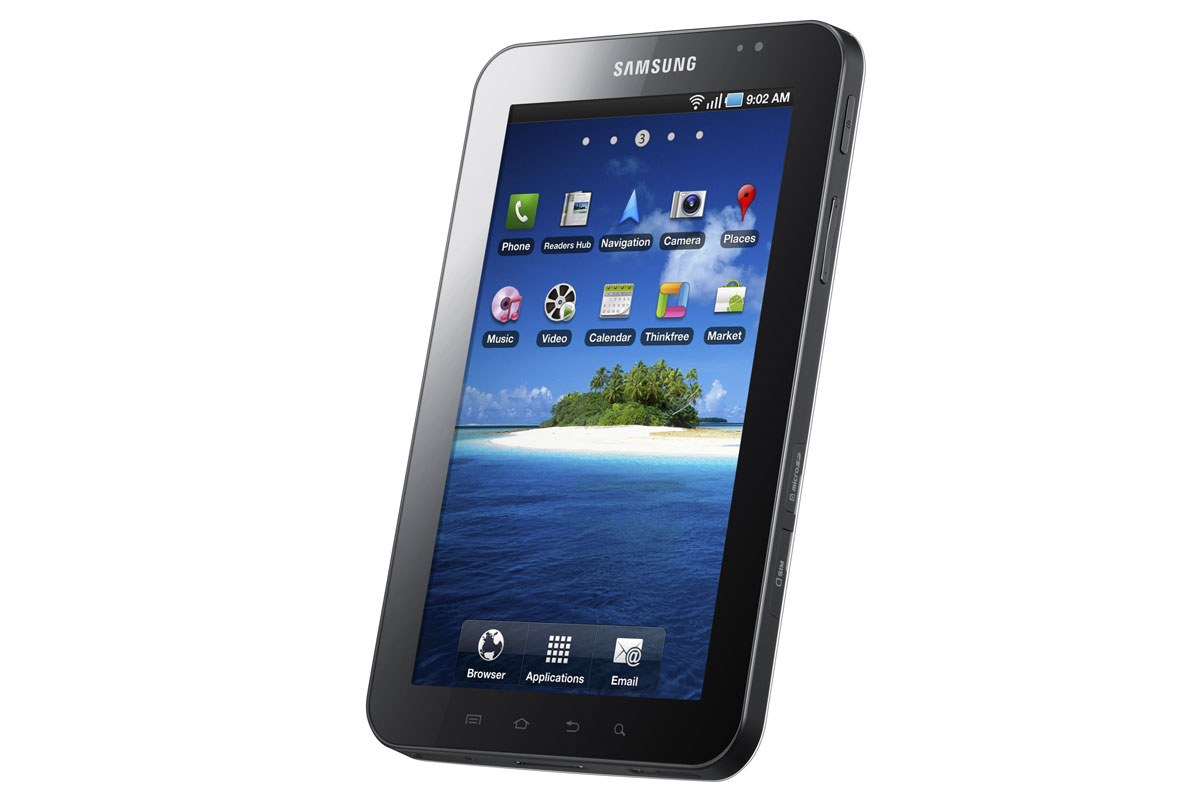
The Samsung Galaxy Tab
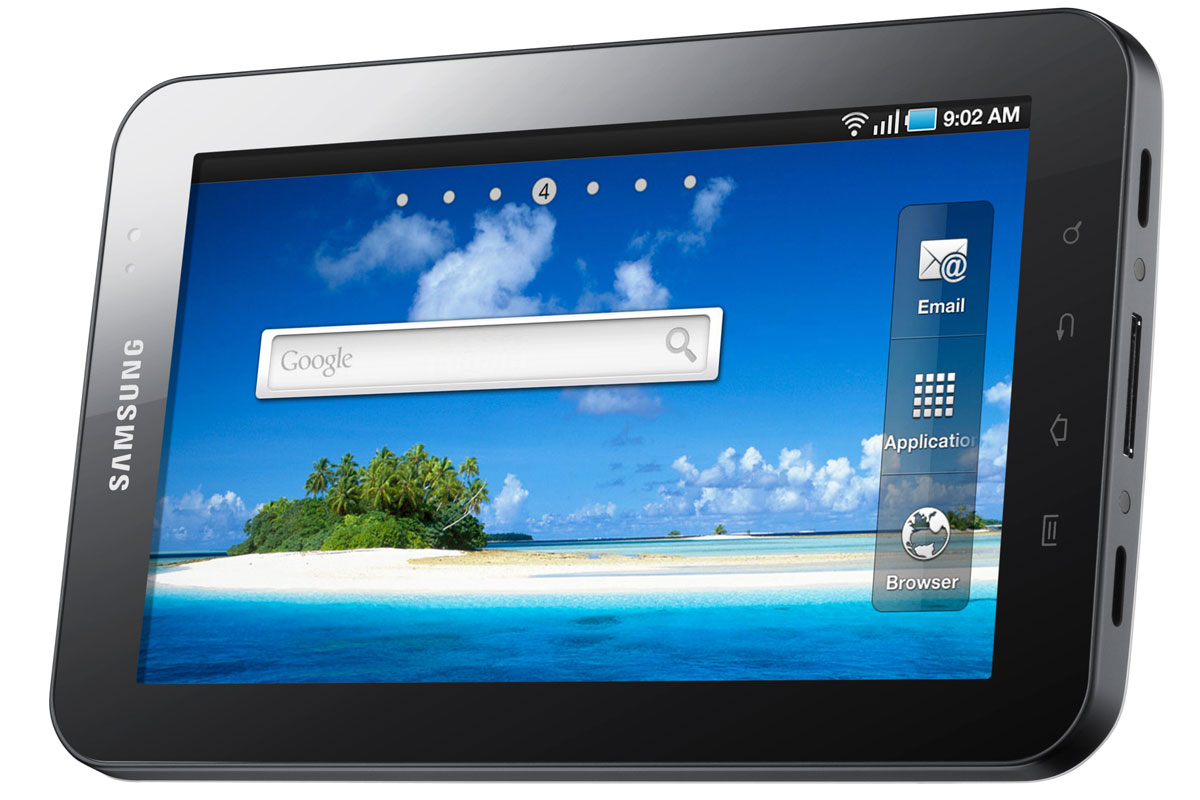
The Samsung Galaxy Tab
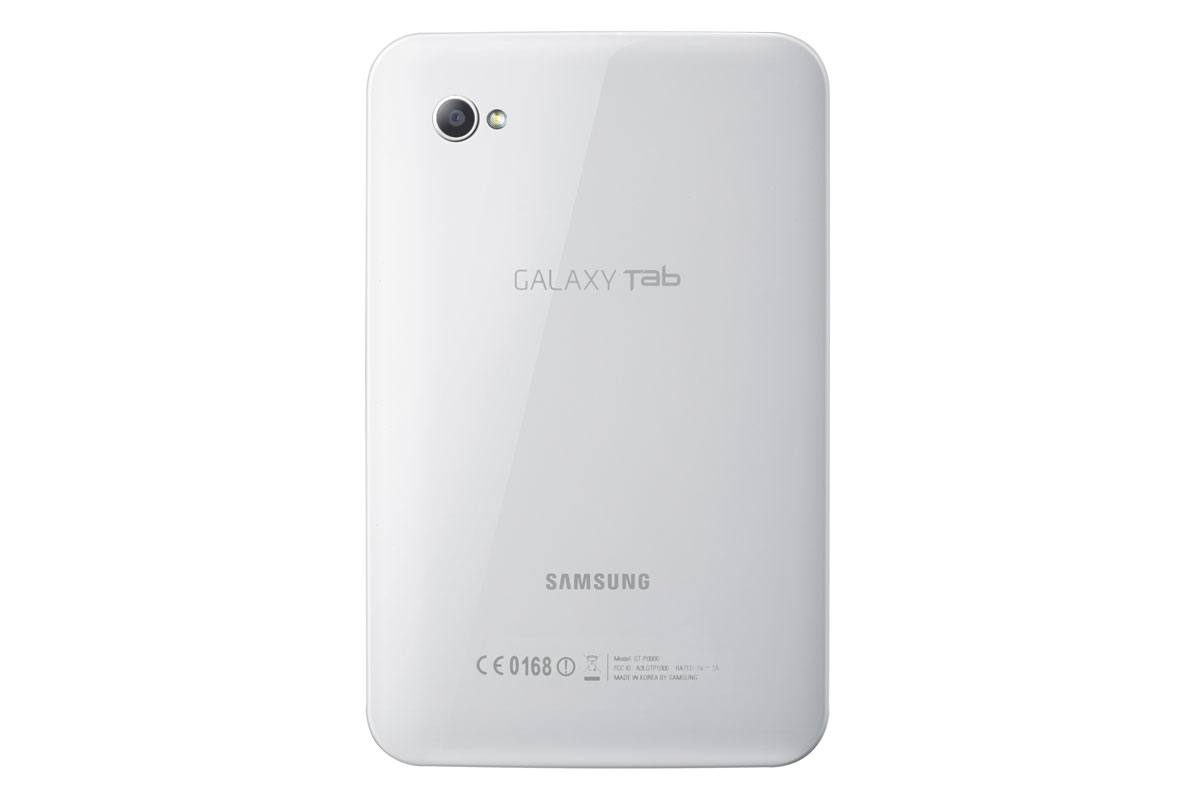
The rear of the Samsung Galaxy Tab
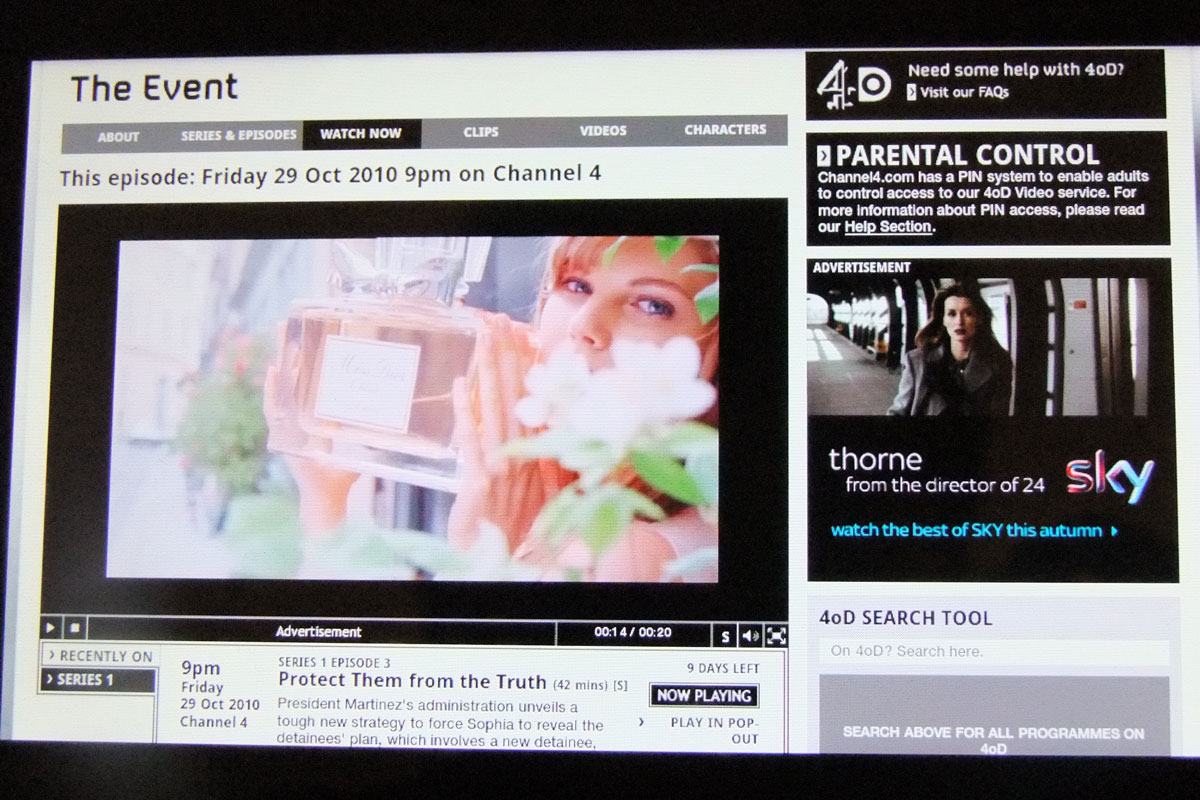
Streaming Flash video playing inside the Galaxy Tab's web browser
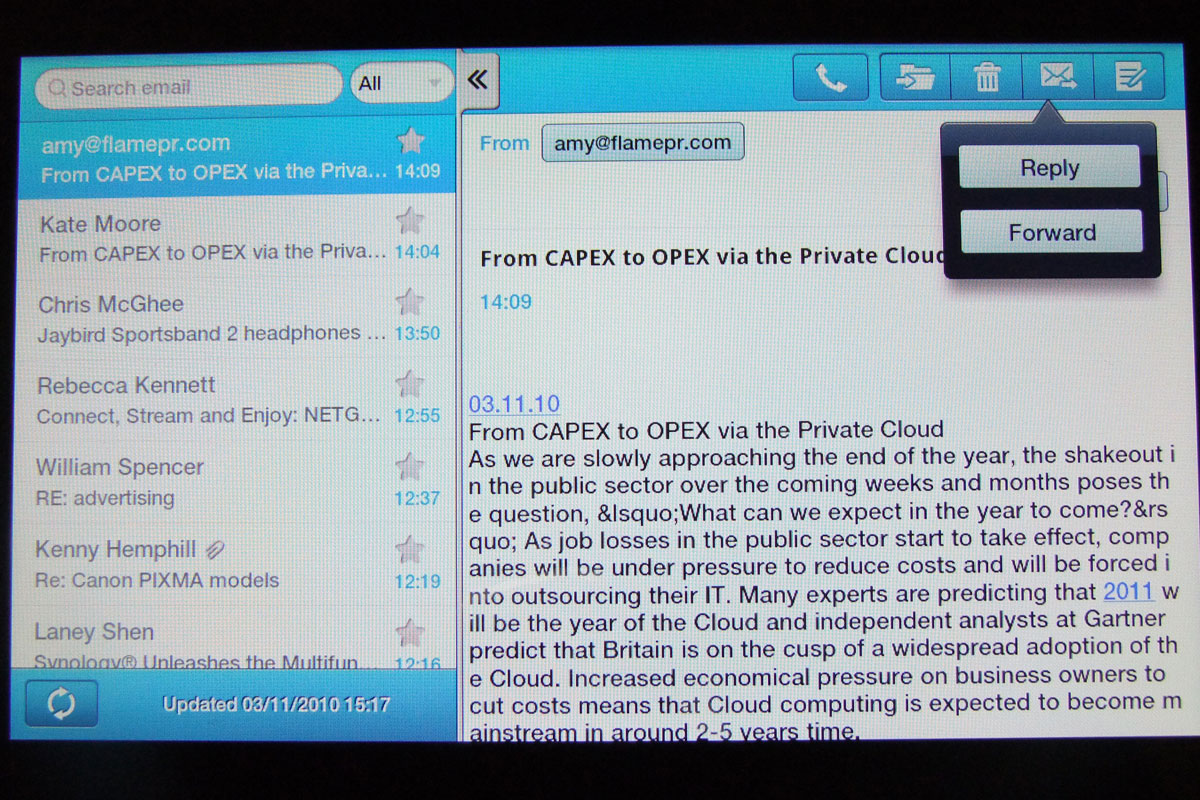
Exchange email on the Samsung Galaxy Tab
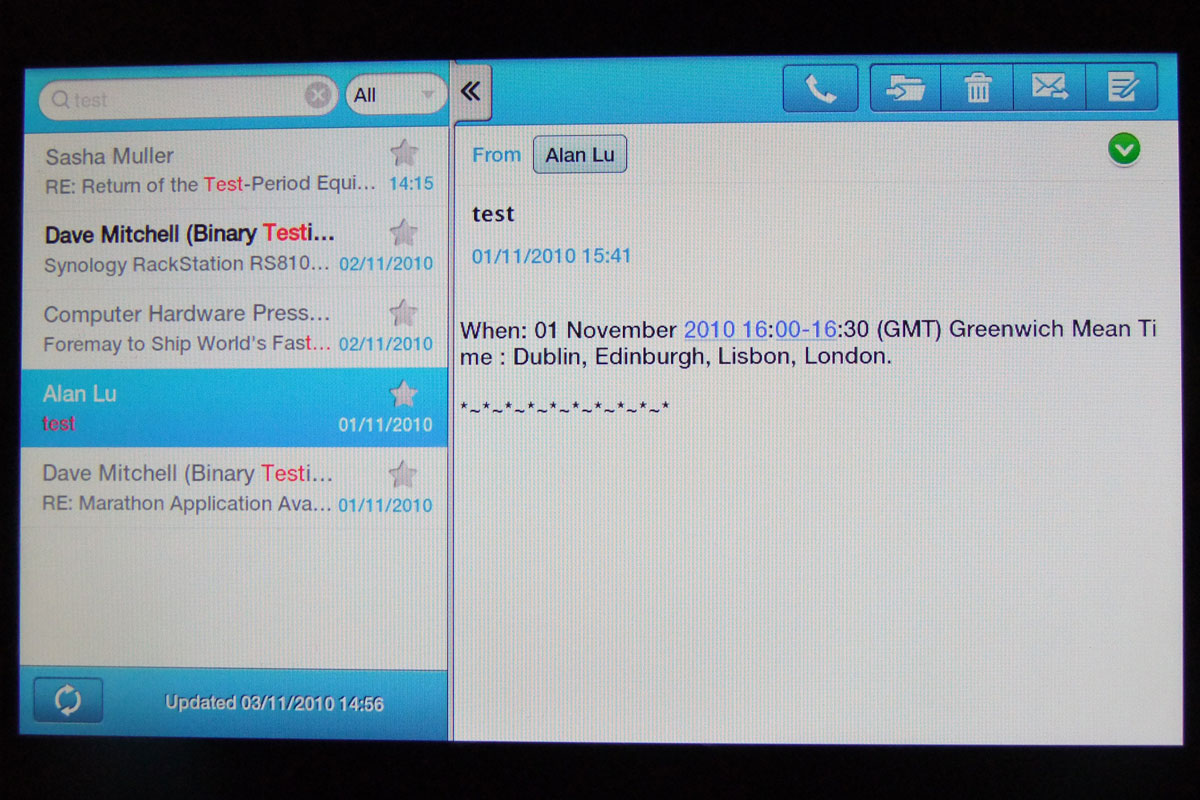
Unfortunately, the Tab's email program can't do anything with Exchange meeting invitations
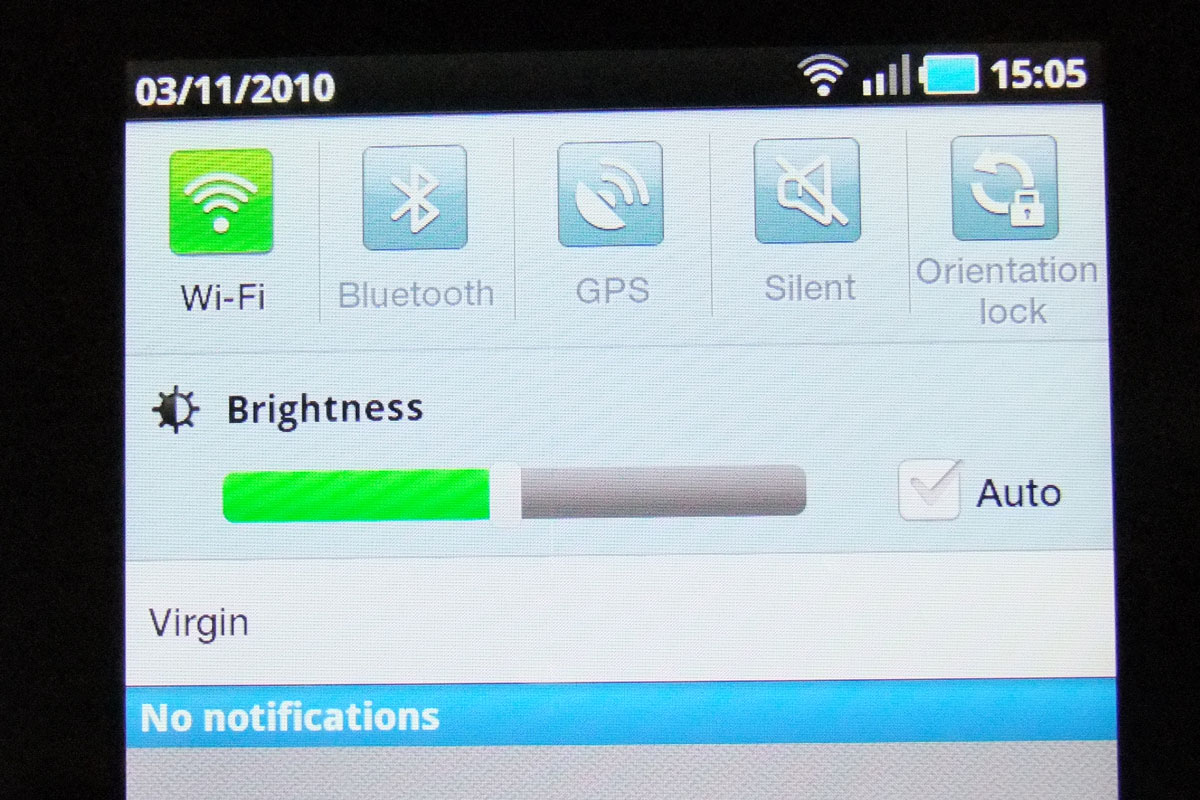
The screen brightness and orientation lock controls in the Tab's notifications bar
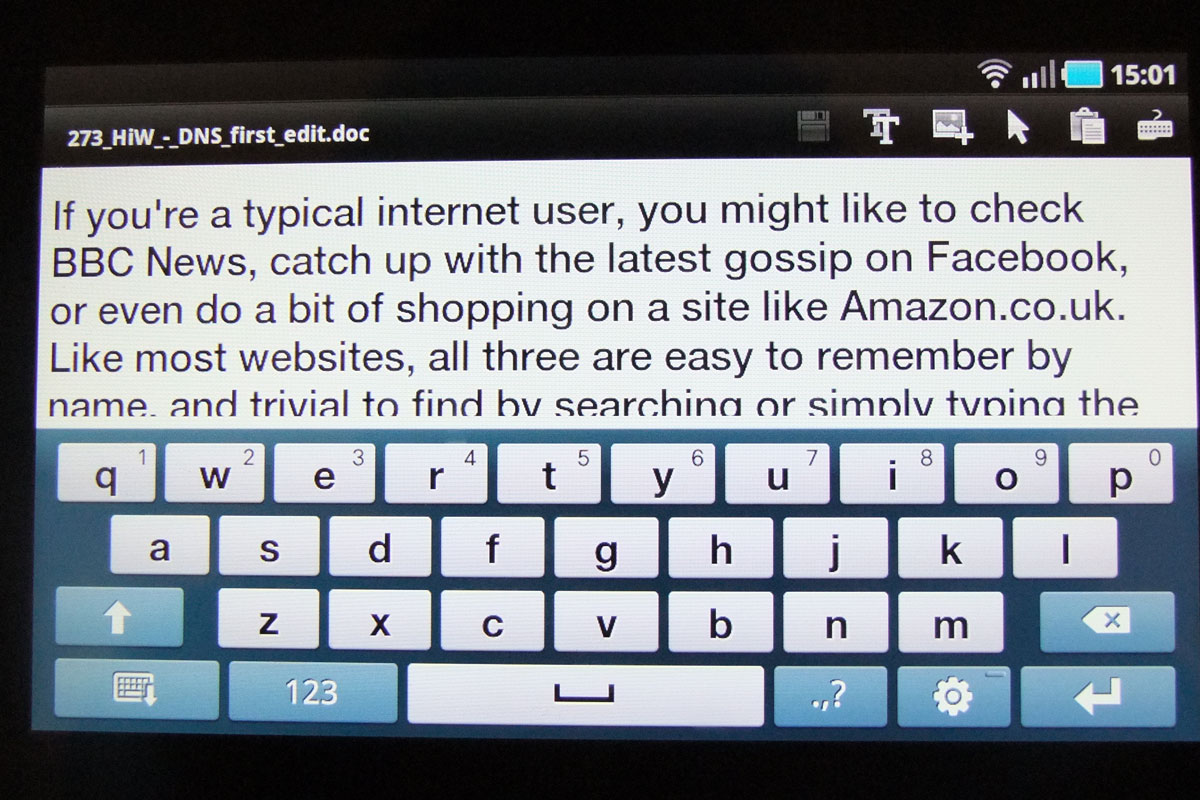
The Tab's onscreen keyboard oriented horizontally
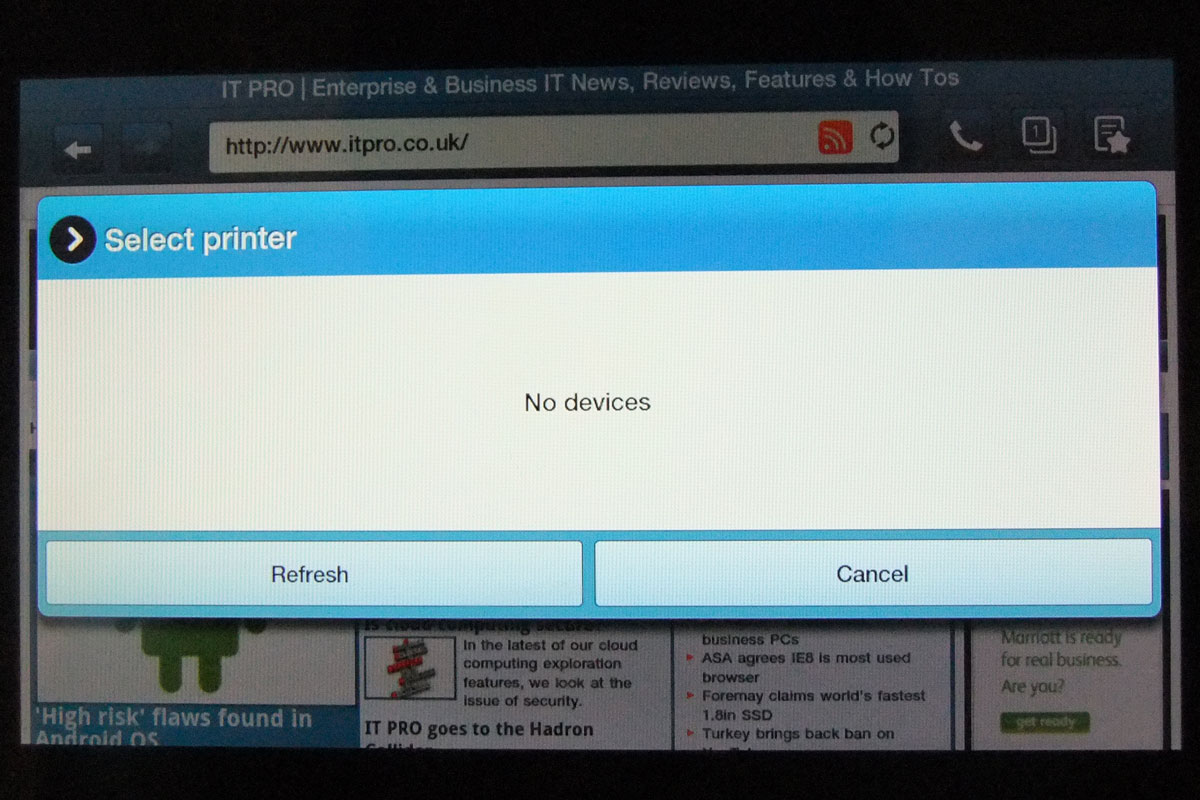
Printing from the Galaxy Tab doesn't appear to work
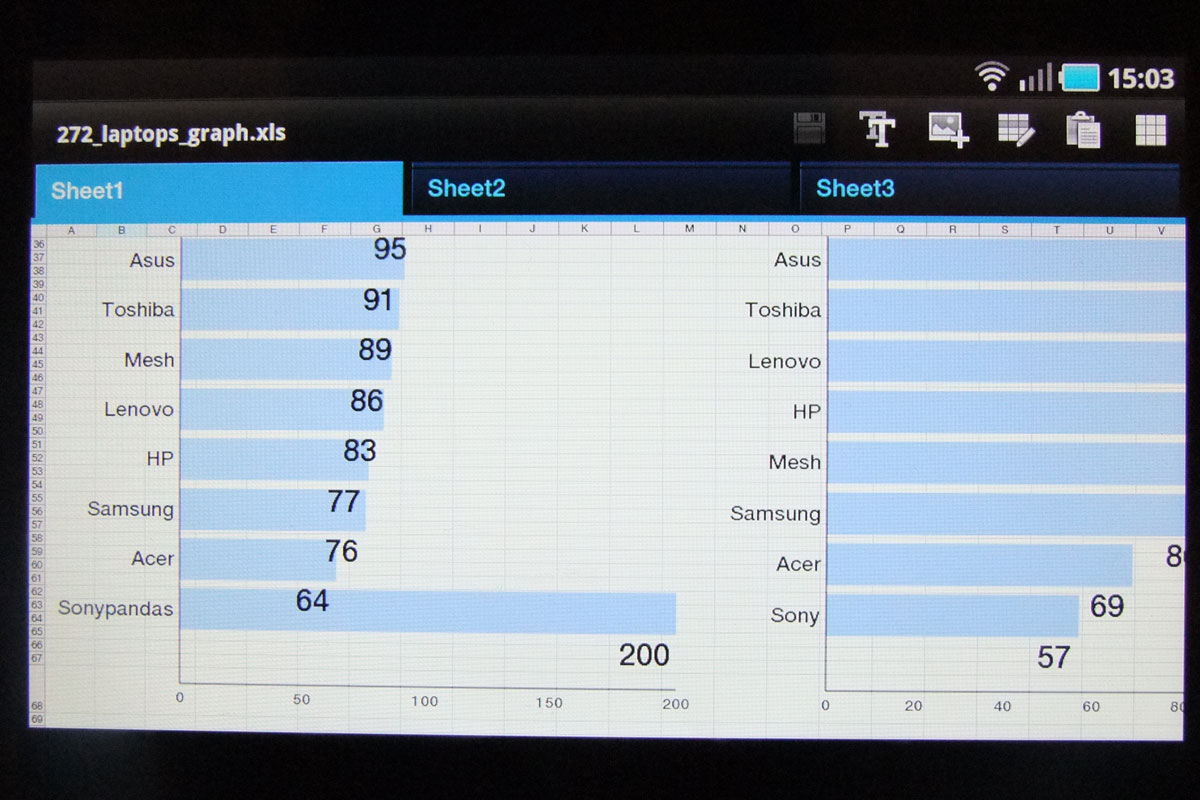
An Excel spreadsheet viewed using ThinkFree Office on the Samsung Galaxy Tab
The Samsung Galaxy Tab is the most highly anticipated of the many Android tablets announced in the wake of the Apple iPad and it's not hard to see why. Its glossy black and white plastic appearance wouldn't look out of place in an Apple Store. With a 7in screen and weighing just 384g, it's significantly smaller and lighter than the 10in, 700g iPad. However, the Tab, like the iPad, has its own distinctive set of advantage and disadvantages.
The Tab's 7in screen has a resolution of 1,024x600 pixels, just like the resolution of most netbooks. The Tab runs Android 2.2, and not Windows, so the minimalist interface makes the most of the comparatively limited screen resolution. It's very bright, even when brightness is reduced to conserve battery life, and has wide viewing angles and vivid looking colours too. As expected for a screen that isn't an eink ebook reader screen, it can be tricky to read in very bright sunlight.
The small and lightweight build generally makes it easy to hold, although we wish the bezel around the screen were a little bigger to make it easier to grip for long periods. The glossy white back sometimes feels a little slippery too. It's still easier to hold for long periods than the iPad without having to rest it on your lap, although the Amazon Kindle ebook reader is lighter still at 240g. Oddly, the rear of the Tab occasionally became warm, especially after playing video or reading an ebook. The heat was by no means alarmingly hot, but it's still surprising.
Sign up today and you will receive a free copy of our Future Focus 2025 report - the leading guidance on AI, cybersecurity and other IT challenges as per 700+ senior executives
-
 Gender diversity improvements could be the key to tackling the UK's AI skills shortage
Gender diversity improvements could be the key to tackling the UK's AI skills shortageNews Encouraging more women to pursue tech careers could plug huge gaps in the AI workforce
By Ross Kelly Published
-
 Researchers claim Salt Typhoon masterminds learned their trade at Cisco Network Academy
Researchers claim Salt Typhoon masterminds learned their trade at Cisco Network AcademyNews The Salt Typhoon hacker group has targeted telecoms operators and US National Guard networks in recent years
By Emma Woollacott Published
-
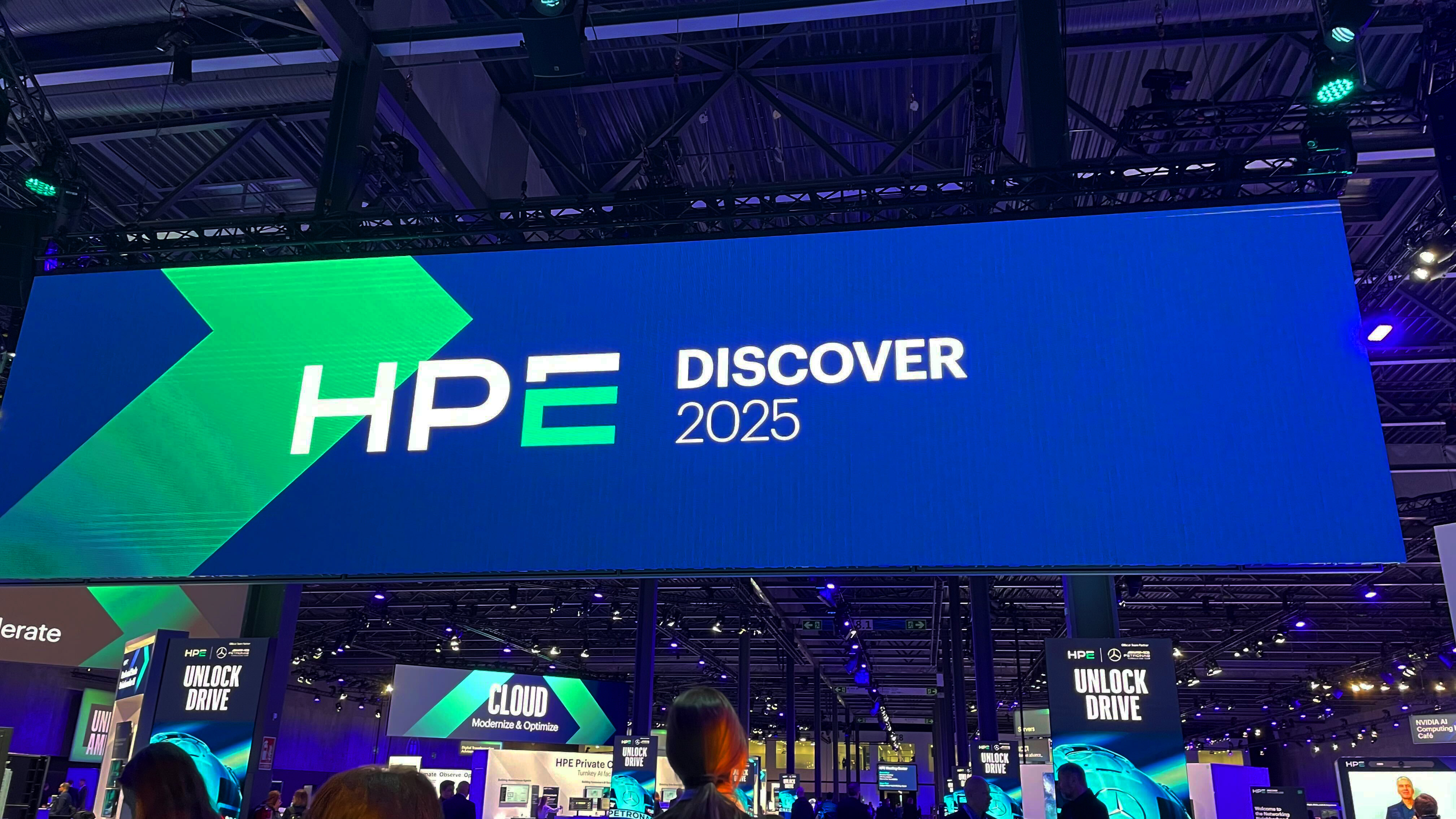 HPE says unified channel strategy won't force Juniper partners to generalize
HPE says unified channel strategy won't force Juniper partners to generalizeNews Does the company embrace specialists or want a full portfolio push? The answer, it seems, is both
By Jane McCallion Published